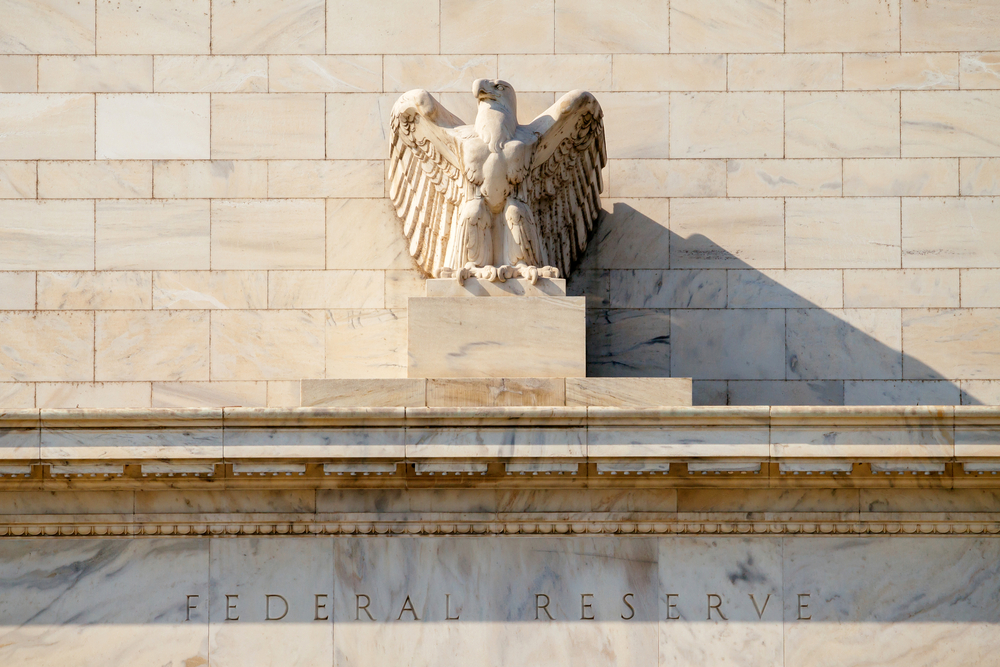
Monetary Policy & Inflation | US

Monetary Policy & Inflation | US
This article is only available to Macro Hive subscribers. Sign-up to receive world-class macro analysis with a daily curated newsletter, podcast, original content from award-winning researchers, cross market strategy, equity insights, trade ideas, crypto flow frameworks, academic paper summaries, explanation and analysis of market-moving events, community investor chat room, and more.
At the 30 January FOMC meeting, the Fed signalled moving to an easing bias but without a cut in March. All FOMC members have since stressed that the Fed is in no rush to cut.
Fed Chair Jerome Powell said he needed ‘more good inflation data’ rather than ‘better data’ before cutting. Good rather than better data aligns with the slower disinflation shown in the December 2023 SEP, with core PCE falling 80bp in 2024, against 1.3ppt/year in 2022-23. The Fed expects US disinflation to enter its slower last mile.
Also, a slower disinflation trend makes interpreting inflation prints harder.
Higher-than-expected January CPI and PPI prints have turned FOMC members more hawkish (Chart 7).
To cut, the Fed needs a continued sequential decline in core PCE as well as:
Key risks that could bring rate cuts forward include economic weaknesses or banking distress, neither of which seem likely (Chart 6).
Key risks that could delay cuts include markedly increased energy prices (Chart 14) or economic overheating (Chart 13).
The Fed has also recently indicated that QT will be discussed at the March meeting, that it was likely to slow when the Fed’s RRP balance lowers, and that returning to the pre-pandemic Fed balance sheet is unlikely (Charts 3 and 4).
.
.
Spring sale - Prime Membership only £3 for 3 months! Get trade ideas and macro insights now
Your subscription has been successfully canceled.
Discount Applied - Your subscription has now updated with Coupon and from next payment Discount will be applied.